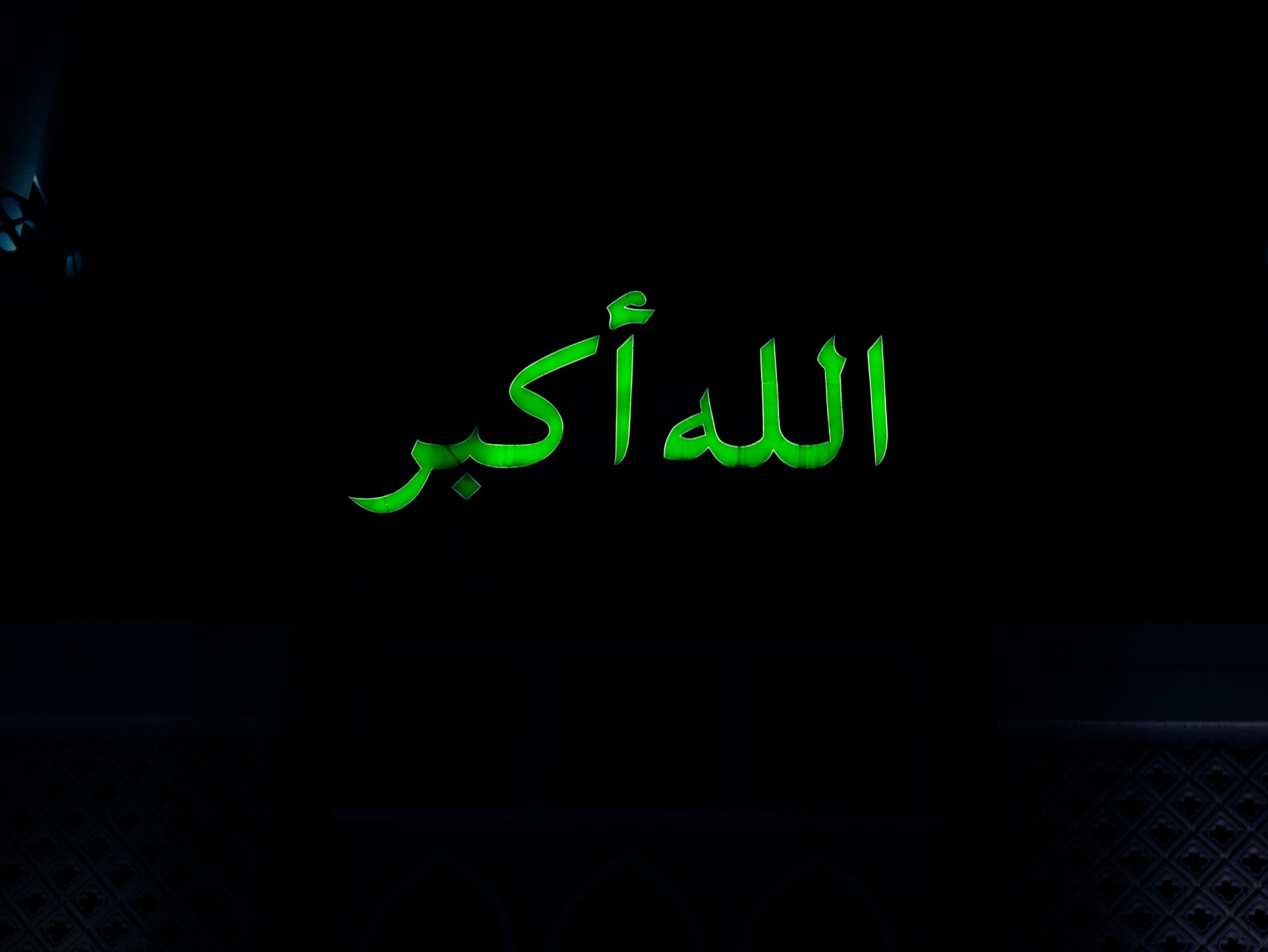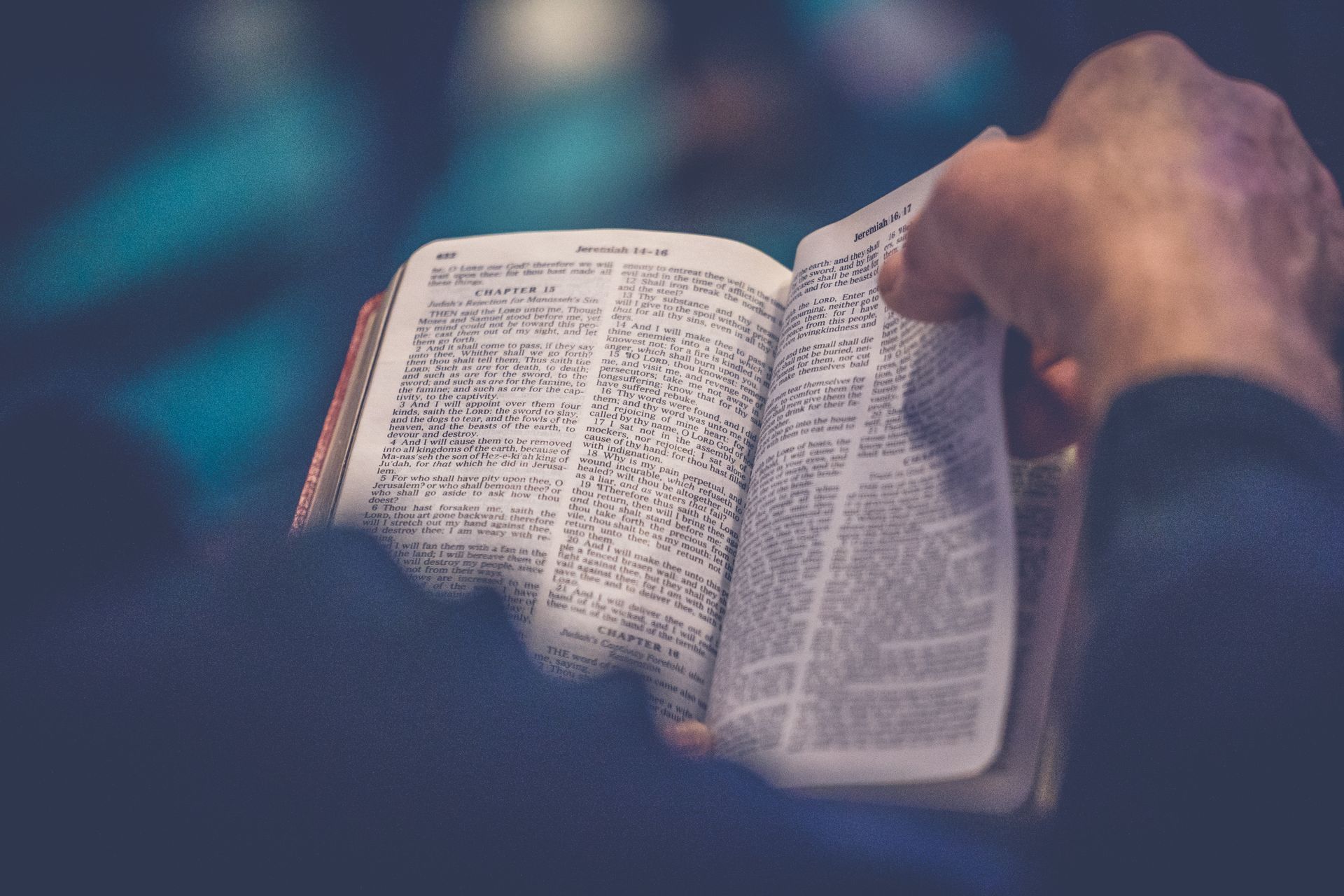Friday - January 6, 2023
SCRIPTURE
Matthew 2:1-3 and 9-11.
After Jesus was born in Bethlehem in Judea, during the time of King Herod, Magi from the east came to Jerusalem and asked, “Where is the one who has been born king of the Jews? We saw his star when it rose and have come to worship him.”
When King Herod heard this, he was disturbed, and all Jerusalem with him. When he had called together all the people’s chief priests and teachers of the law, he asked them where the Messiah was to be born.
After they had heard the king, they went on their way, and the star they had seen when it rose went ahead of them until it stopped over the place where the child was. When they saw the star, they were overjoyed. On coming to the house, they saw the child with his mother Mary, and they bowed down and worshiped him.
WORDS OF HOPE
If you want to acknowledge those who first recognized the signs that the savior had come, go thank the Zoroastrians. Whether you call them “Magi” or “Three Kings of Orient are” or “Wise Men”, Biblical historians tell us these astrologers were Zoroastrians.
The first twelve verses of the second chapter of Matthew chronicle how these Zoroastrians see a star rise and make their way to Jerusalem to get more details. It was these astrologers, and not the Jewish scholars, who knew that the sign was important. Once this is pointed out to Herod, he calls for the teachers of the law to confirm the location of the child. Once discovered, these travelers make their way to Bethlehem.
It's also an interesting part of the narrative that the reason these Magi even started their quest was to worship the Christ child. Again, it was generous and devout astrologers that journeyed to find this child, and not the Jewish chief priests and teachers of the law, so that they could lay down their gifts and worship.
It’s ironic that Matthew is the only gospel where you find the Magi’s story, for his narrative was written for a Jewish audience. It’s in Matthew’s gospel where you find “it was written” or “as the scripture says” more times than the other gospels combined. He laid out his gospel in group teachings, frequently citing the scriptures that would be familiar to a Jewish audience.
So, it’s more than just a little ironic that Matthew points out several times in this story that the Zoroastrians got it right and the chief priests and elders missed it. The Magi knew what the star meant, knew how to find out answers, and then made it priority to seek this sign and bring gifts in homage.
It’s as if Matthew is telling his Jewish audience to not get so high and mighty or to believe that you have a corner on the truth. By telling this narrative, Matthew calls us to always be a little bit humble about believing that you know everything there is to know about God.
This is a lesson for us as well. Malcom X said: “I'm for truth, no matter who tells it”. My Old Testament scholar friend Loren used to say: “Truth is truth, no matter where you find it”. Those Zoroastrians may have known more than the Temple priests just how wide and deep is the love of God. It was the Magi, and not those in the Temple, who knew they needed to come and worship.
On this Epiphany Day, perhaps we should get out of the business of telling God how to do things. Perhaps we should be looking for stars in the sky, get overjoyed, and lay down our gifts. And perhaps we should leave the Temple and walk alongside generous and faithful people who are making their way to the King.
PRAYER
Jesus, light of the world, let your bright star stand over the place where the poor have to live; lead our sages to wisdom and our rulers to reverence. Hear this prayer for your love’s sake. Amen.
DEVOTION AUTHOR
Thomas Riggs
Need More Inspiration? Read our Daily Devotions






